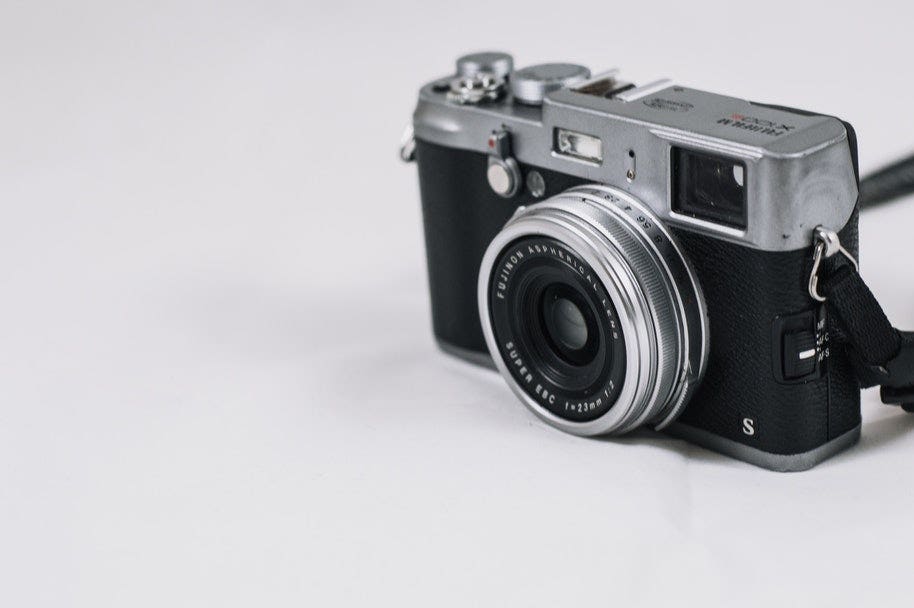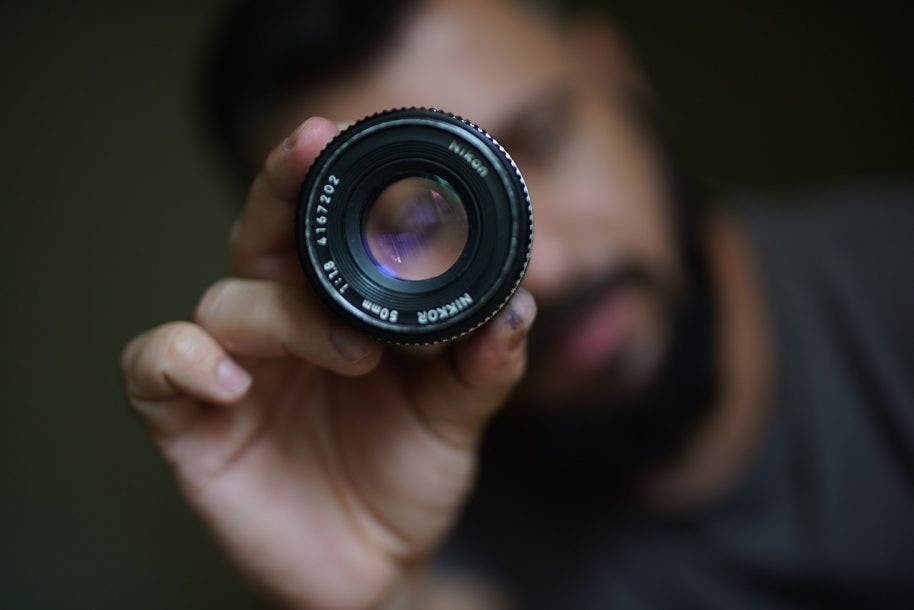
Once enthusiast photographers start delving deeper into their photography game, they inevitably start to look at alternative camera lenses.
Most photographers usually trade up to prime lenses, which offer improved quality over the zoom lenses that are typically offered as the standard kit lens.
But how do you know which prime lens you need and whether it’s worth it to trade up? In this post, we explore everything you need to know about prime lenses.
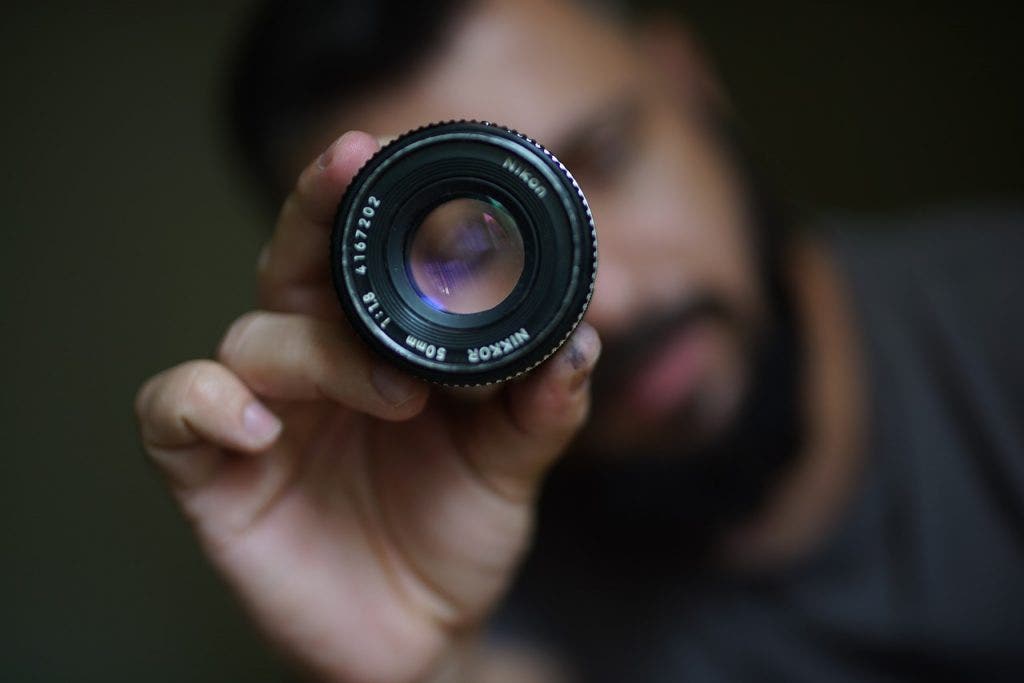
What are prime lenses?
Prime lenses come with a fixed focal length, meaning you can’t zoom in and out. Because they have fewer moving parts and can focus on higher quality components, their optical performance is generally better than zoom lenses.
Prime lenses come in a wide variety of styles and focal lengths, with everything from wide angle lenses for landscape photography to telephoto lenses popular with sports photographers.
Do I need a prime lens?
Most serious photographers own at least a few prime lenses since the quality of photographs can be substantially improved with the fixed focal length.
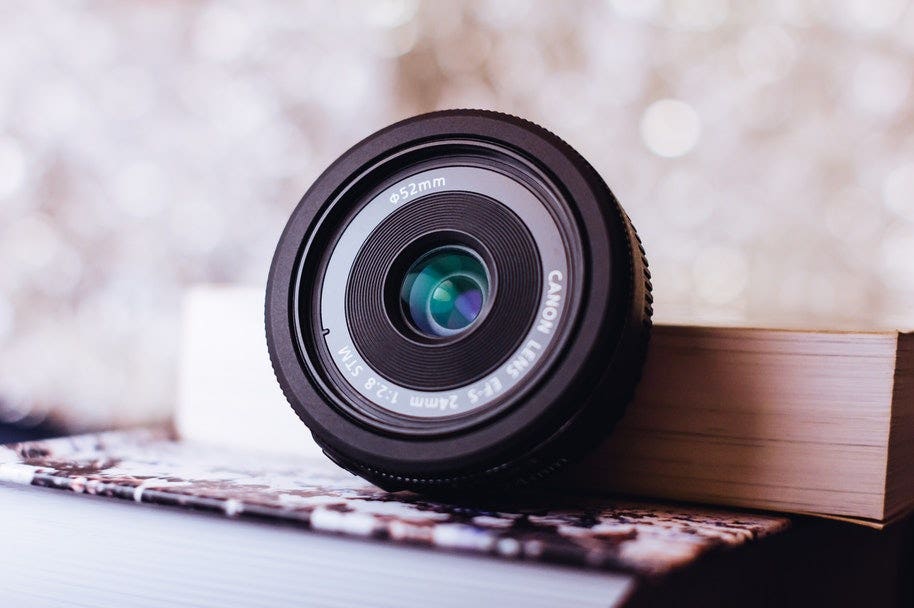
You have to work for the shot
Having a prime lens combats lazy photography. Where you’d be tempted to simply zoom in and out for composition with a zoom lens, prime lenses force you to visualise your shot and move about for more dynamic compositions.
Prime lenses are lighter and smaller
Because prime lenses have a fixed focal length, they need far fewer parts, making them typically smaller and more lightweight than zoom lenses.
Prime lenses offer larger apertures
Prime lenses have larger apertures, which means you can let more light into your shot. This, in turn, means you can increase your shutter speed substantially, making a prime lens a great piece of equipment for low light photography.
Prime lenses tighten the depth of field
Portrait photographers love prime lenses for their shallow depths of field. Prime lenses, such as the 50mm prime lens, helps isolate your subject by blurring the background.
Prime lenses create sharper images with fewer distortions
Zoom lenses contain a complex arrangement of moving lens elements, while prime lens designs are far simpler - and generally higher quality. Use a prime lens and you’ll enjoy not just sharper photos, but fewer visual defects.
You can better understand how photography works
When you’re working with a single focal length, you develop a greater understanding of how a particular shot should look.
Sticking to one focal length helps you become familiar with the right exposure settings, which is a great starting point for delving deeper into intricate camerawork.
The different types of prime lenses
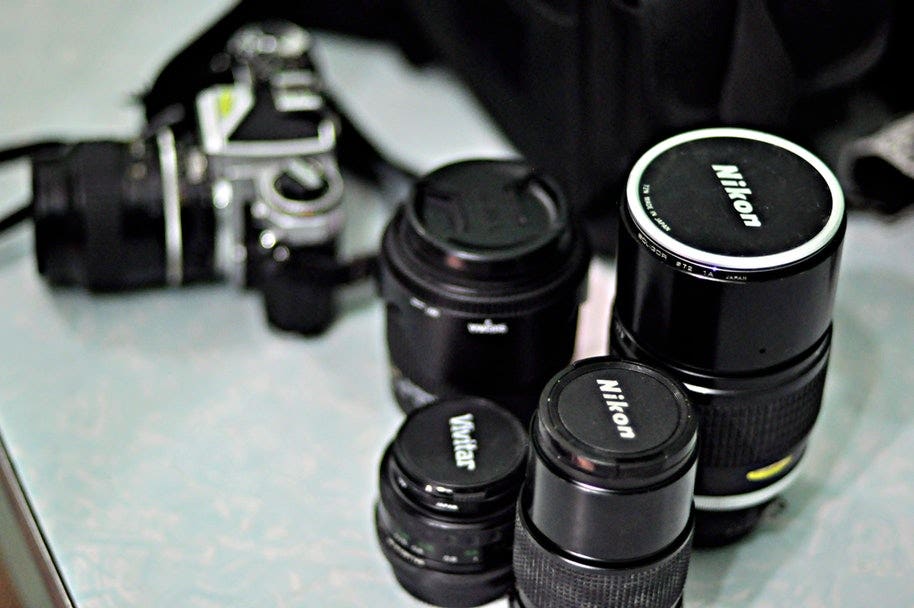
Standard prime lenses
Standard prime lenses generally mimic the perspective you see with the naked eye. These lenses range from 40mm to 65mm, with the 50mm being the king of standard prime lenses (indeed, the 50mm lens was a favourite of Henri Cartier-Bresson).
Telephoto lenses
You’ll usually see telephoto lenses in the hands of portrait and sports photographers. These lenses feature focal lengths greater than 80mm, with popular options including the 85mm, 100mm, and 135mm.
Keep in mind that lenses with a longer focal length create a shallower depth of field, even if they’re at the same aperture setting as lenses with shorter focal lengths. Telephoto lenses compress space and flatten features, making these lenses great for portraiture.
Telephoto lenses can extend beyond 400mm, but then they’re getting into the realm of super telephoto lenses. These lenses enable you to be incredibly far from your subject but they require a large aperture and image stabilisation within the lens. They’re also very bulky.
Wide-angle lenses
Commonly used in landscape and architectural photography, wide-angle lenses usually have focal lengths of less than 40mm, with the 35mm and 28mm lenses as the most popular options.
When the focal length is reduced to a mere 8mm, wide-angle lenses are more commonly called fisheye lenses. You’ll get a unique fish-bowl perspective that can capture an angle of view of 180 degrees.
Macro lenses
Thanks to their simple designs, prime lenses can incorporate specialty glass that gives allows for extremely up-close shots.
A macro lens, for example, enables a 1:1 magnification ratio so you can get right up close to your subjects. It’s the most common lens for still life, product photography, and any other kind of macro photography.
Things to consider before you buy
When you’re shopping for a prime lens, you need to think about the type of lens and the focal length you need.
A 50mm prime lens is a standard go-to lens for beginner photographers. It has a simple perspective that makes it easy to understand prime lenses before experimenting with more complex lenses.
A good way to gauge the focal length you need to buy is to see which focal length you commonly resort to in your everyday photography with your kit lens. Lightroom can provide that information.
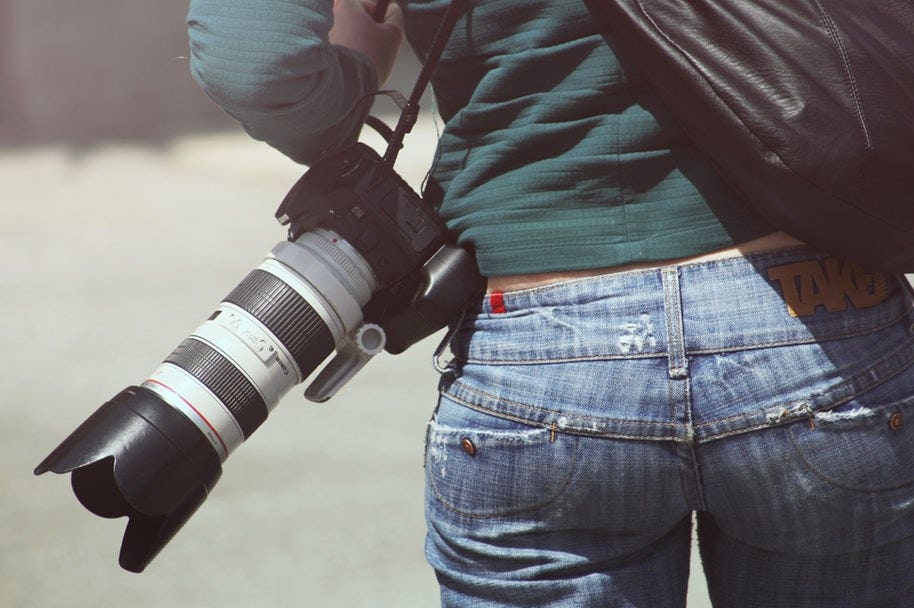
What photography do you take the most?
As we proved above, different focal lengths are great for different types of photography. If you like portraiture, consider an 85mm lens. But if you’re a street photographer, why not get a 35mm lens?
What lenses are compatible with your camera body?
It’s important to buy a lens that will pair well with the camera body. This is all to do with the sensor your camera uses.
For example, Olympus and Panasonic micro four-thirds mirrorless cameras should be paired with micro four third lenses.
A DSLR or mirrorless camera with an APS-C sensor will crop photos, which means that the 35mm lens you use delivers the same perspective as a 50mm lens on a full frame camera.
It’s also important to think about whether you plan to upgrade your camera in the future. For example, some prime lenses only work properly on APS-C sensors and won’t be fully optimised with a full frame camera.
If you think you’ll upgrade to a full frame camera in time, it might be best to buy a full frame prime lens you can use with your APS-C camera.
How will you use your camera?
If you’re an active photographer and intend to take your camera travelling, it’s important to think about the additional weight you’ll have if you intend to take multiple lenses.
Some travellers choose to stay with zoom lenses so they have the flexibility to photograph any scene at any given moment. Though heavier than prime lenses, zoom lenses can be more lightweight in the long run if you’re only lugging one lens around. Plus they offer more flexibility.
But for most people who want to improve their photography game, they'll want to level up with a prime lens at some point. Ready to start shopping for your first prime lens? Check out our complete collection of lenses online at Camera House today!

